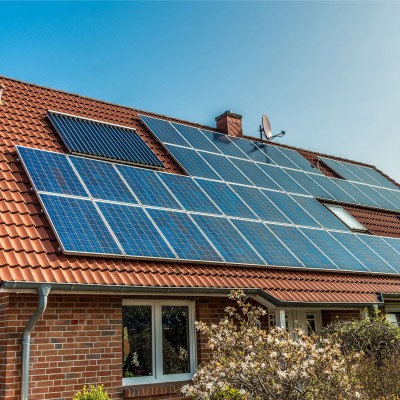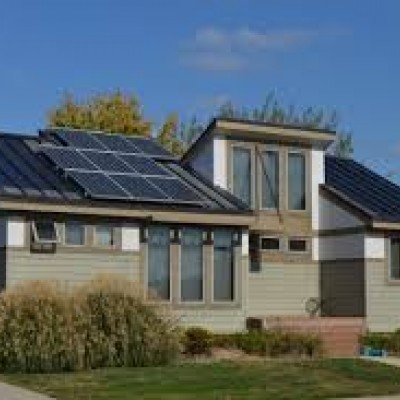How would the SMART solar incentive program work?
On June 5, 2017, the Massachusetts Department of Energy Resources (DOER) issued emergency regulations establishing the Solar Massachusetts Renewable Target (SMART) program. These regulations were promulgated as a result of legislation passed in April 2016, which requires DOER to establish a new solar incentive program. DOER is accepting comments on the SMART program until July 11th.
If you haven't had time to read the regulations but want to understand the basics, this blog post outlines the key program highlights of the program. Subsequent blog posts will provide more in-depth materials, template letters and talking points to help you better understand the program and submit comments to DOER.
SMART in short
The SMART Program is designed to support the development of an additional 1,600 MW of solar. It pivots from the Solar Renewable Energy Credit (also known as SREC) framework to a declining block compensation mechanism. The compensation paid through the SMART program will ultimately be administered through a tariff approved by the Department of Public Utilities (DPU). Solar projects less than or equal to 25 kW will receive the SMART program tariff for a period of ten years. Larger projects, up to 5 MW in size, will receive the tariff for twenty years.
The 1,600 MW of capacity in the program is divided up between the utilities and further divided into eight capacity blocks with set compensation levels that decline with each block (i.e. “declining blocks”). The first 100 MW of the SMART program is reserved for a competitive solicitation (also known as an “auction”) that will set the initial a base compensation rate for the program. As a result, it’s impossible to know now exactly how much compensation solar projects will receive until the competitive solicitation takes place. However, the regulations set a ceiling price for the competitive solicitation, so it is possible to know the maximum base compensation rate at the start of the program: $0.15 per kWh for solar projects less than 2 MW and $0.14 per kWh for larger projects. This rate will be enhanced, through a base compensation rate factor, for certain types of projects. For example, small-scale solar projects (i.e. 25 kW or less) will receive a base compensation rate that is 200% of the clearing price for projects between 1 and 2 MW in the competitive solicitation.
The SMART program also includes “adders” for different projects up to 1 MW based on their location, e.g. rooftop versus parking canopy, and offtaker-type, e.g. community shared solar (CSS) versus low-income. For example, a community shared solar project developed on a landfill in the first block of the program would receive a CSS adder of $0.05 cents per kWh and a landfill adder of $0.04 cents per kWh. Adders are also included for solar projects that include energy storage or solar trackers. All adders are capped at 320 MW per adder type, meaning adders may not be available for the duration of the SMART program. The regulations specify limits on how many and what kinds of adders solar projects can use, and include an overall compensation cap that is equivalent to 230% of the clearing price for the competitive solicitation.
Critically, both the compensation level and adders automatically decline by 4% per capacity block, so the compensation available to new solar projects will decrease as more solar is built. Greenfield subtractors can further reduce the total amount of compensation a solar project would receive, when located on certain types of land. In addition, solar projects must comply with a number of land use criteria and siting restrictions in order to be eligible for the program.
Finally, the program outlines an Alternative On-Bill Crediting Mechanism (AOBCM), which could, in theory, allow non-net-metered projects to assign bill credits to different electricity accounts in a manner similar to virtual net metering and avoid net metering cap constraints. However, the draft regulations provide no detail on how the mechanism will work in practice. For example, it’s currently not clear if the AOBCM will allow credits to be shared across utility territories and load zones, something which would make it easier for urban and low-income residents that don’t own a sunny rooftop to benefit from solar. Addressing the load zone issue is crucial: to give one example, Eversource customers who live in densely populated Eastern Massachusetts communities like Boston would be able to access solar built in nearby National Grid communities in less dense suburban communities where solar is more easily sited. The draft regulations also do not provide a clear legal foundation for such a mechanism or specify how credits will be valued.


